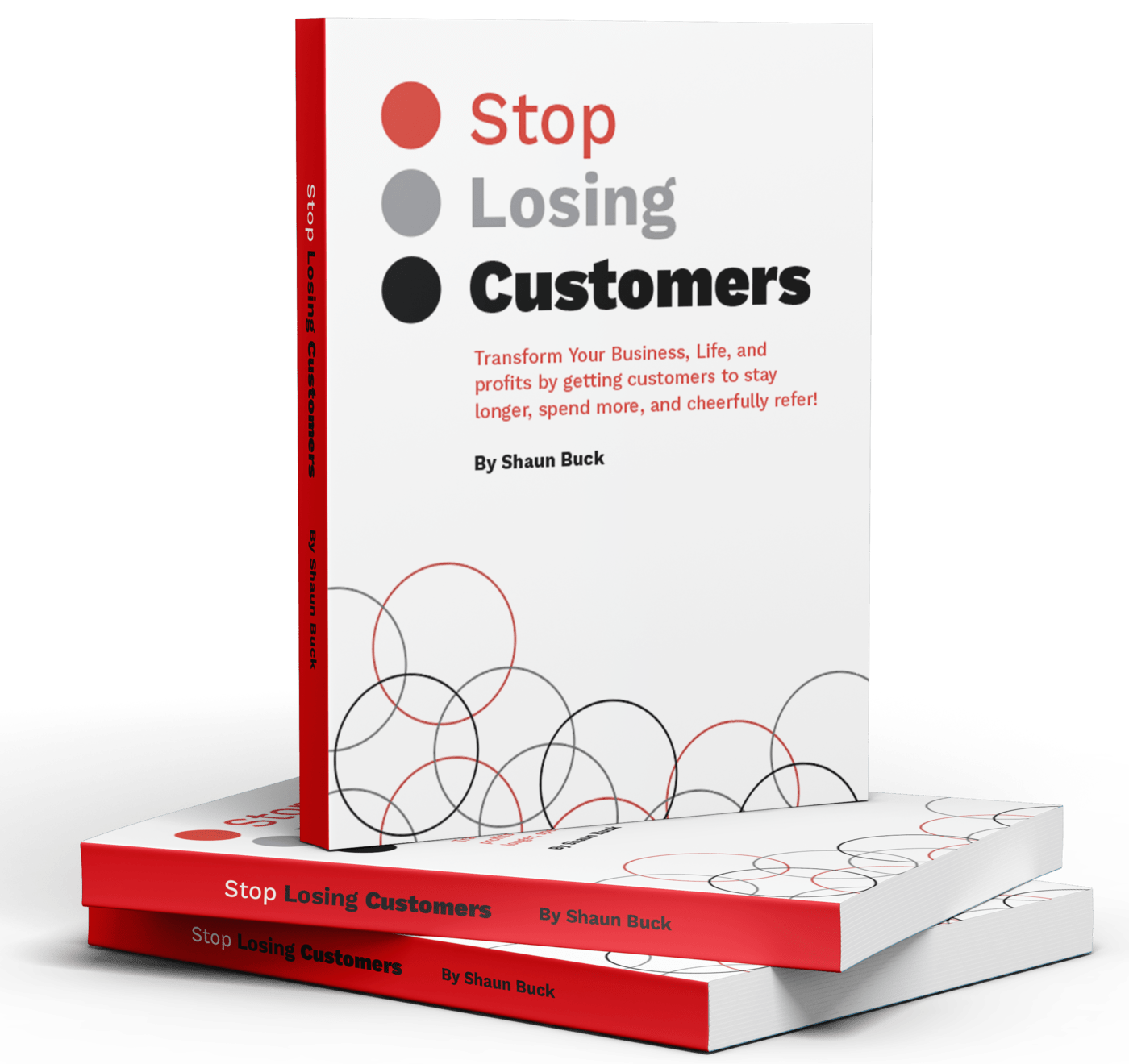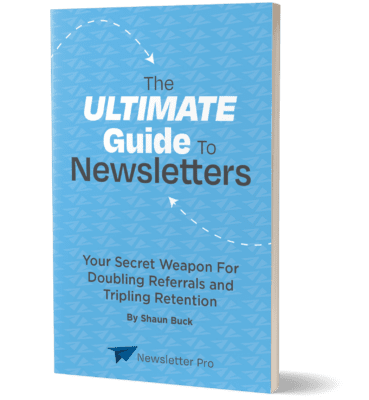In today’s fast-paced world, capturing attention through email can be challenging. With overflowing inboxes and limited attention spans, the key to standing out is crafting emails that are short, snappy, and sharable. But what makes an email not just readable, but also spread like wildfire? Let’s delve into the science behind effective email writing and discover some short email copy tips to make your messages more impactful.

Why Short and Snappy Works
Emails are a primary mode of communication, but not all emails are created equal. Lengthy emails often get ignored or skimmed. According to studies, the average office worker receives about 121 emails per day. That’s a lot of competition for attention! Shorter emails respect the reader’s time and tend to be more engaging. Here’s why they work:
Cognitive Load
The brain has a limited capacity to process information. When an email is concise, it reduces the cognitive load, making it easier for the recipient to understand and remember your message.
Instant Gratification
Short emails provide quick information, satisfying our need for instant gratification. They deliver the message directly, allowing recipients to grasp the point without wading through unnecessary details.
Shareability
Snappy emails are more likely to be shared. People enjoy passing on content that is easy to digest and worth sharing with others.
Elements of a Sharable Email
Creating an email that spreads involves more than just keeping it short. It requires a strategic approach to crafting the message. Here are key elements to consider:
A Catchy Subject Line
The subject line is your first impression. It should be compelling and hint at the value within the email. Avoid clickbait, but do use curiosity and urgency to entice readers to open the message.
A Strong Opening Line
Hook your reader from the start. The first line should capture attention and lead seamlessly into the main message. Use a question, a surprising fact, or a bold statement to engage your audience immediately.
Clear and Direct Language
Avoid jargon and complex words. Use simple, direct language that conveys your message clearly. Short sentences and paragraphs improve readability and keep the reader’s attention.
A Single Call to Action
Focus on one main action you want the reader to take. Whether it’s clicking a link, replying to the email, or sharing the content, make your call to action (CTA) clear and compelling.

Tips for Writing Short Email Copy
Crafting short and snappy emails isn’t just about cutting words. It’s about delivering value concisely. Here are some tips to achieve this:
Know Your Purpose
Before writing, determine the main objective of your email. Knowing your purpose helps eliminate unnecessary information and keeps your message focused.
Use Bullet Points
Bullet points break up text and make information easy to scan. They are perfect for lists or highlighting key points, allowing readers to quickly grasp the essential details.
Be Conversational
Write as if you’re speaking to the reader. A conversational tone is more engaging and relatable, making the reader feel like they’re having a personal interaction rather than reading a formal document.
Edit Ruthlessly
Once you’ve drafted your email, go back and edit. Remove redundant words, streamline your sentences, and ensure every word serves a purpose. Aim for clarity and brevity without sacrificing meaning.
Real-World Examples
Let’s look at some examples of effective short email copy to understand how they succeed:
Example 1: Event Invitation
Subject Line: You’re Invited to a Sneak Peek!
Hi Name,
Want a first look at our latest collection? Join us this Friday for an exclusive preview. Limited spots available—RSVP today!
See you there!
Your Name
Why it works: The subject line creates curiosity. The email is concise, with a clear CTA to RSVP.
Example 2: Product Launch
Subject Line: Meet Your New Favorite Gadget
Hey Name,
Exciting news! Our revolutionary gadget is here. Be among the first to experience its magic. Click here to learn more and order now.
Cheers,Your Name
Why it works: The email is short, introduces the new product, and encourages immediate action with a link.

The Role of Emotion in Email Copy
Emails that evoke emotions are more likely to be shared. Whether it’s excitement, curiosity, or urgency, tapping into emotions can make your emails more engaging. Consider what feelings you want to evoke and craft your message accordingly.
Using Humor
Humor is a powerful tool in email copy. It makes your message memorable and can create a positive association with your brand. Use humor sparingly and ensure it aligns with your brand voice.
Creating Urgency
Urgency encourages immediate action. Phrases like “limited time offer” or “only a few spots left” can motivate readers to respond quickly. Be genuine in creating urgency to maintain trust with your audience.
Conclusion: Crafting Emails That Spread
In the digital age, where attention spans are dwindling, short and snappy email copy is more crucial than ever. By understanding the science behind sharable emails and applying these tips, you can craft messages that not only get read but also get shared.
Remember, the key to effective email writing is clarity, brevity, and a touch of emotion. With practice, you can master the art of writing emails that spread like wildfire, reaching more people and achieving your communication goals.
Contact Newsletter Pro for Quality Newsletters
Ready to elevate your email marketing game? Contact Newsletter Pro today for expertly crafted newsletters that engage your audience and drive results. Don’t miss out on the opportunity to enhance your communication strategy with high-quality content tailored to your needs. Reach out now and let’s get started!






